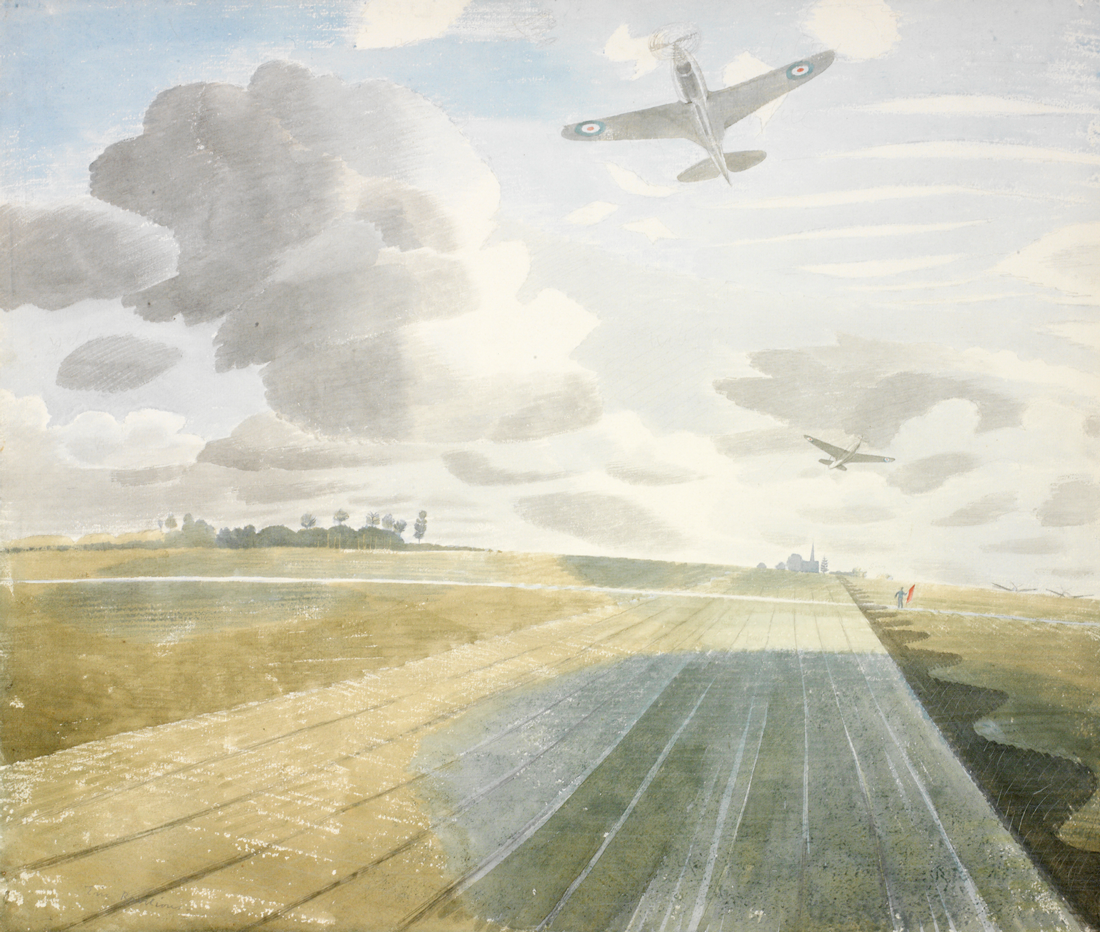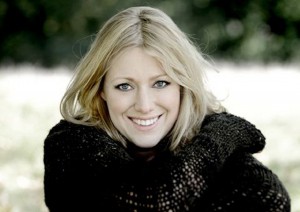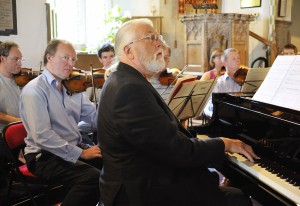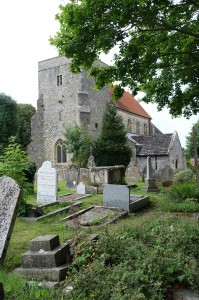
This weekend marks the 80th anniversary of the start of the Battle of Britain.
There are moments in our long island history which have the stuff of legends about them. These points in our history speak of the resilience, selflessness, inventiveness and fortitude in our national character, an ability to triumph in the face of disaster. The Battle of Britain is amongst them.
In the House of Commons shortly after France had surrendered Winston Churchill set out what was at stake “I expect that the Battle of Britain is about to begin. Upon this battle depends the survival of Christian civilization. Upon it depends our own British life, and the long continuity of our institutions and our Empire. The whole fury and might of the enemy must very soon be turned on us. Hitler knows that he will have to break us in this Island or lose the war. If we can stand up to him, all Europe may be free and the life of the world may move forward into broad, sunlit uplands. But if we fail, then the whole world, including the United States, including all that we have known and cared for, will sink into the abyss of a new Dark Age made more sinister, and perhaps more protracted, by the lights of perverted science. Let us therefore brace ourselves to our duties, and so bear ourselves that, if the British Empire and its Commonwealth last for a thousand years, men will still say, “This was their finest hour.”
As the fields were tilled by horse and plough and the harvest brought in a battle for the very survival of the British nation and way of life was fought in the skies over Sussex and southern England. Endless sorties were flown from airfields like Tangmere, Westhampnett on the Goodwood Estate, West Witterings, and Coolham near Horsham.
The Imperial War Museum (IWM) is one of Britain’s most important custodians of our nation’s story. Amongst their collections is an evocative watercolour by Eric Ravilious titled ‘Runway Perspective’. The composition has an explosive geometry. The lines on the runway centre on a distant church on the slightly tilted horizon, and seem to rush towards us lending speed and energy to the two banking Spitfires, emphasized by the sweeping cumulonimbus clouds. As the nearest aircraft climbs overhead it is as though we can hear the evocative Rolls Royce Merlin engine roaring in our ears.
Eric Ravilious’ childhood was spent in Eastbourne and he returned to Sussex in 1934 staying at Furlongs with Peggy Angus who had rented a shepherd’s cottage in sight of Firle. Here he painted landscapes and local scenes. His work is rooted in the landscape and life of pre-war and wartime England. Sussex and the South Downs are strong influences.
At the outbreak of war Ravilious joined the Observer Corps, becoming a war artist in 1940. He often flew with the RAF and died with the airmen he so admired on an air sea reconnaissance mission which failed to return.
Against extraordinary odds the courage and bravery of our young fighter pilots in their Supermarine Spitfires and Hawker Hurricanes combined with the defence system developed by Air Marshall Sir Hugh Dowding to halt the Nazi advance.
The IWM in London, Duxford and across the country is one of Britain’s most important custodians of our nation’s story. Throughout the summer they are holding a series of events at Duxford to commemorate the Battle of Britain. To find out more about these events and how you can support the IWM’s work in these challenging times visit www.iwm.org.uk.




